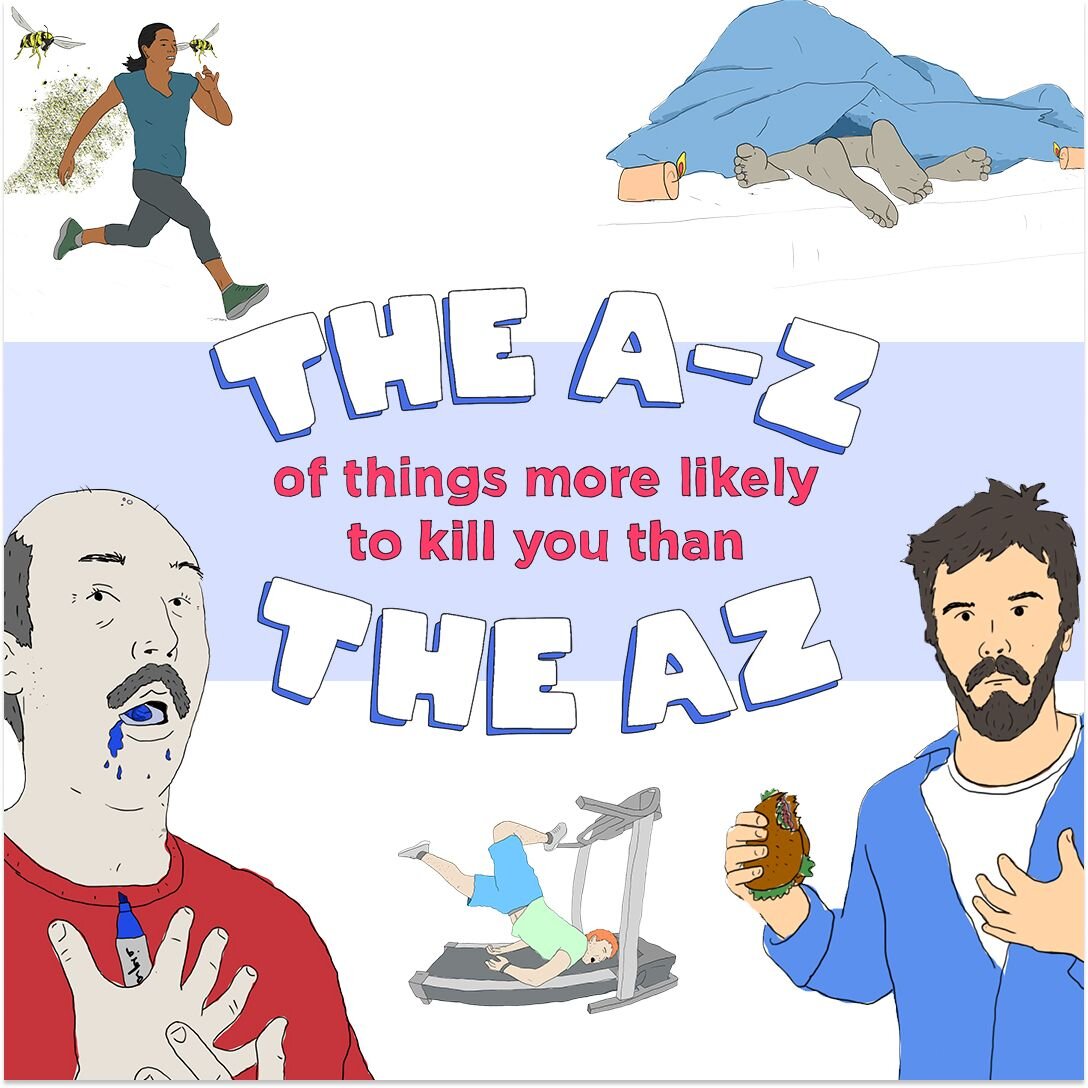Industry leaders unite to launch ‘The Factsination’ — an A to Z of bigger killers than AstraZeneca vaccine
Originally shared on Mumbrella, 9.8.21
Industry leaders have come together to debunk myths surrounding the AstraZeneca vaccine and encourage Australians to get the jab.
@TheFactsination has been launched to ‘fight fear with facts’, an initiative bringing to life creative ideas to address Australian AZ hesitancy, including ‘The A to Z of things more likely to kill you than the AZ’.
Source: @TheFactsination Instagram
Supporters of the initiative include Dan Monheit, Rose Herceg, Jules Lund, Henry Innis, Kieran Moore, Aden Hepburn and Chris Savage.
Spokesperson for @TheFactsination, Hardhat’s Dan Monheit said: “The risk of a fatal side effect from the AstraZeneca vaccine according to health experts is one in a million. The risk of fatality resulting from typical daily activities such as taking a bath, having sex, or walking down the street, are far greater.”
Source: @TheFactsination Instagram
The initiative follows and supports an open letter published last week by leading medical experts, comparing the chances of dying from other activities, including adventure sports. ‘The A to Z of things more likely to kill you than AZ’ hopes to put into perspective the relatively low chance you dying from the AZ vaccine, with AZ providing similar protection to the Pzifer against the Delta variant of COVID, according to health experts.
Monheit continued: “Our industry specialises in communication — so we’re calling on all agency leaders, clients, suppliers and colleagues to please help share information that puts the risk into perspective, and encourages those who can, to get vaccinated as soon as possible.”
Akcelo CEO, Aden Hepburn said: “Our ask of the industry is super simple. Go to the Instagram account @TheFactsination and share as much as you can over the next few days across all your social channels. Ask staff and clients to do the same. Spread the word! Or create and share your own content — tag @TheFactsination so we can pick it up and repost it.”
Source: @TheFactsination Instagram
WPP AUNZ’s Rose Herceg said: “We need to help put the risk into perspective. There’s only one way out of this — and it’s together.
“We are a powerful industry, and we are calling on the leaders to please use the talent and influence of their teams and businesses to attack vaccine hesitancy due to misinformation. Please, join in and get this done. Share this content far and wide!”
Mutiny’s Henry Innis added: “Health authorities have made it clear — the only way we will get out of lockdowns and severe restrictions, is by 80% of the population being vaccinated. There is ample vaccine available, but many are refusing the AstraZeneca vaccine because of misinformation and unwarranted fear of risk.”
The campaign will use journalists, radio and TV hosts, and influencers to help spread the message and bust the myths surrounding AstraZeneca.
Source: @TheFactsination Instagram
Kieran Moore, director and principal at Brangwin & Moore consulting said: “Media agencies — please, use your media influence to get the big media companies to support this. PR firms — use your contacts to spread the word. All — tap into your ‘influencer’ networks to attack these myths and misconceptions please. But most importantly, implore your colleagues and friends to separate fact from fiction.
“Together, we can actually help save lives, prevent mental health issues amongst our family, friends and colleagues, save jobs and help Australia and Australians get back to our special way of life.”
The creative content on the campaign was carried out by Good One Creative. The creative combines ‘internet facts’ and humour to highlight ways you are more likely to die, than the risks associated with getting a shot of the AZ vaccine.
The full campaign can be found on Instagram @TheFactsination.
At the end of July, research from marketing analytics and strategic advisory agency, Forethought, revealed that independent vaccine campaigns have so far been more successful in encouraging Australian intentions to book an appointment.
So far, Federal campaigns including ‘Arm Yourself’ and ‘Breathless‘, which featured a young woman on an ICU ventilator, were released to relatively negative receptions.




